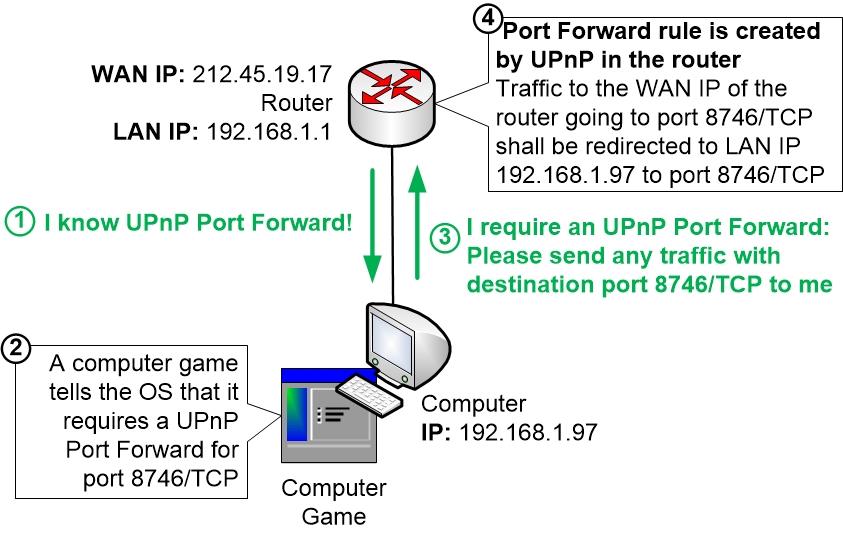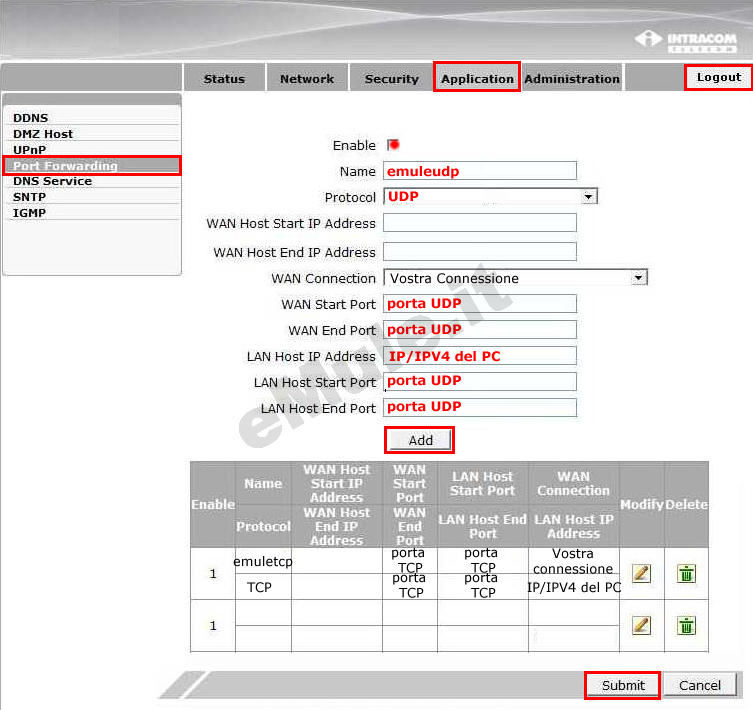
To make all this work, UPnP uses a discovery protocol known as Simple Service Discovery Protocol ( SSDP). This is the best option to help reduce any unnecessary exposure. So, if you don’t need it, you can remove the risk by disabling it. Why? Because it has been used by malicious actors to further compromise a network by opening up port access into internal networks via malware. So, the first thing I would like to say about this is that if you are not running applications or systems such as internet gaming systems that require this feature, I would recommend disabling this on your internet-facing router. This is done so that devices on the internal network can automate their setup of needed TCP and UDP port forwarding functions on the internet-facing router, so devices on the internet can connect to services on your internal network.

UPnP port forwarding services are typically enabled by default on most consumer internet-facing Network Address Translation ( NAT) routers supplied by internet service providers (ISP) for supporting IPv4 networks. For today’s discussion, this blog post will only cover the port forwarding services and will also share a Python script you can use to start examining this service. Universal Plug and Play ( UPnP) is a service that has been with us for many years and is used to automate discovery and setup of network and communication services between devices on your network.
#UPNP PORT FORWARD UTILITY HOW TO#
How to port forward with UPnP holiday cheer. I spend my holidays quite differently, I fear. This may be the way you start your holiday cheer,īut before you get started, let me make you aware.

The stockings were hung by the chimney with care, Not a creature was stirring, not even a mouse.


 0 kommentar(er)
0 kommentar(er)
